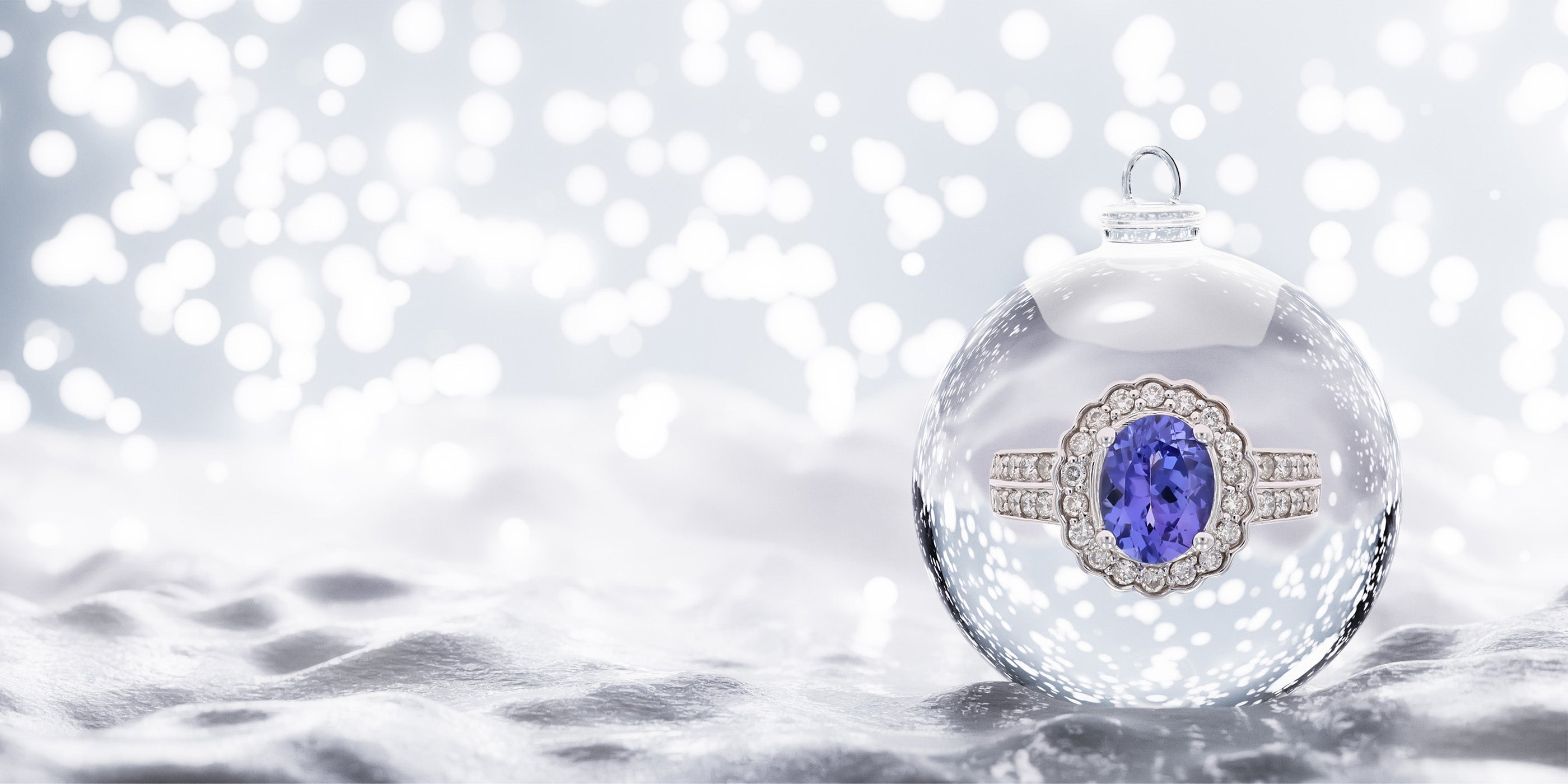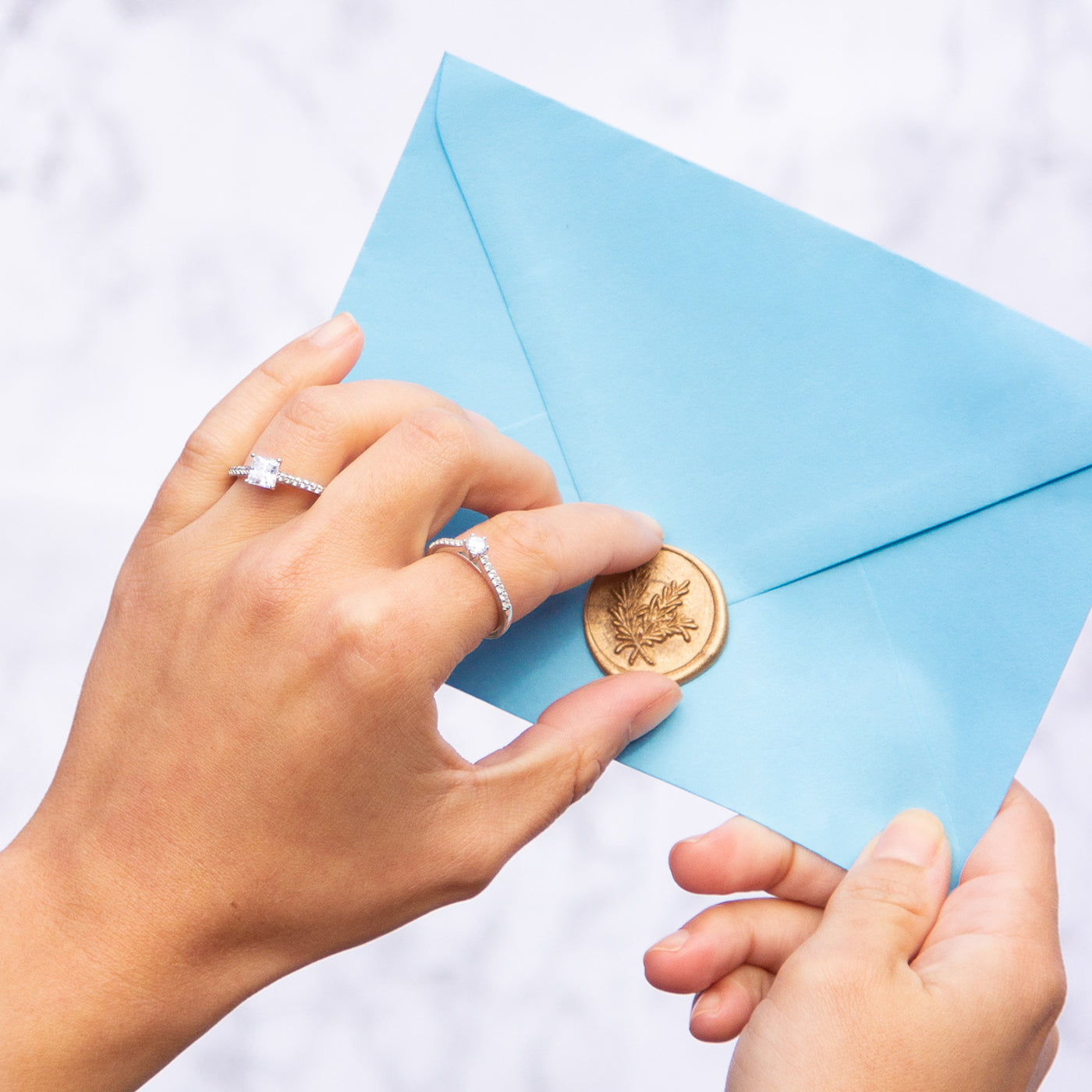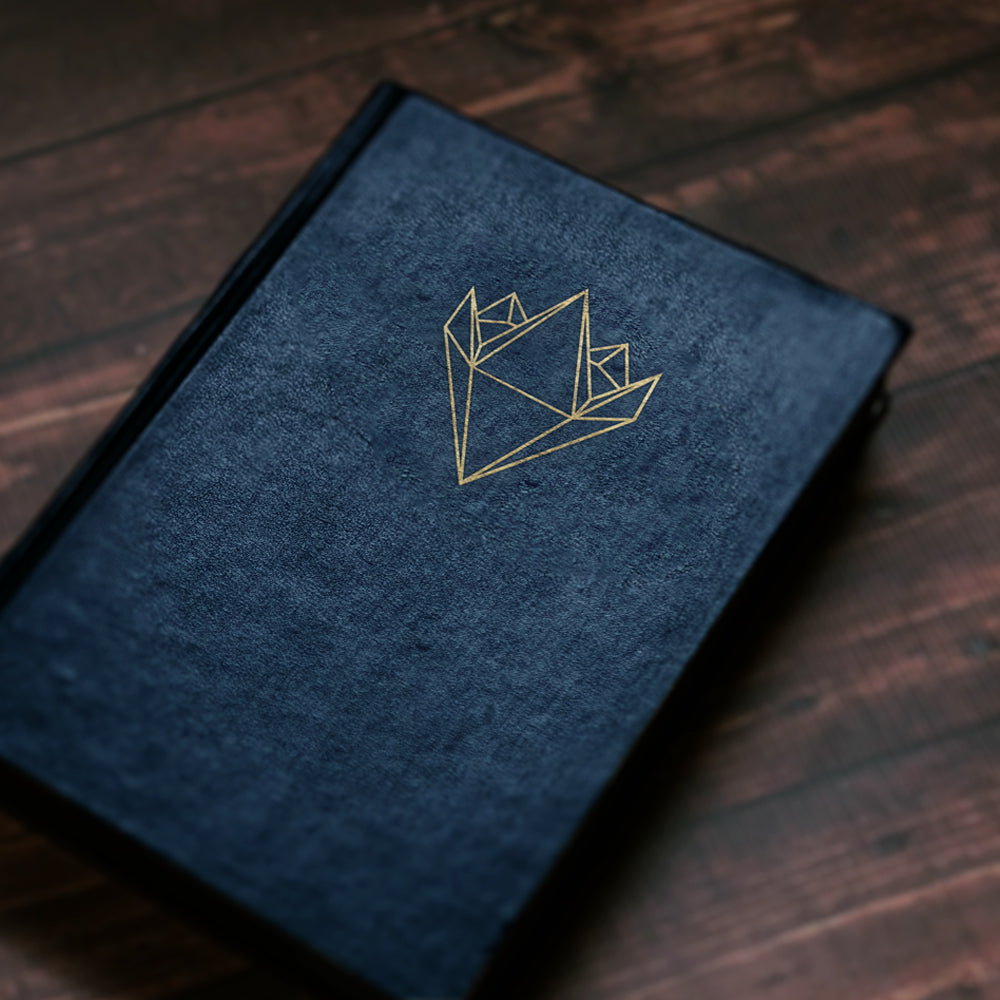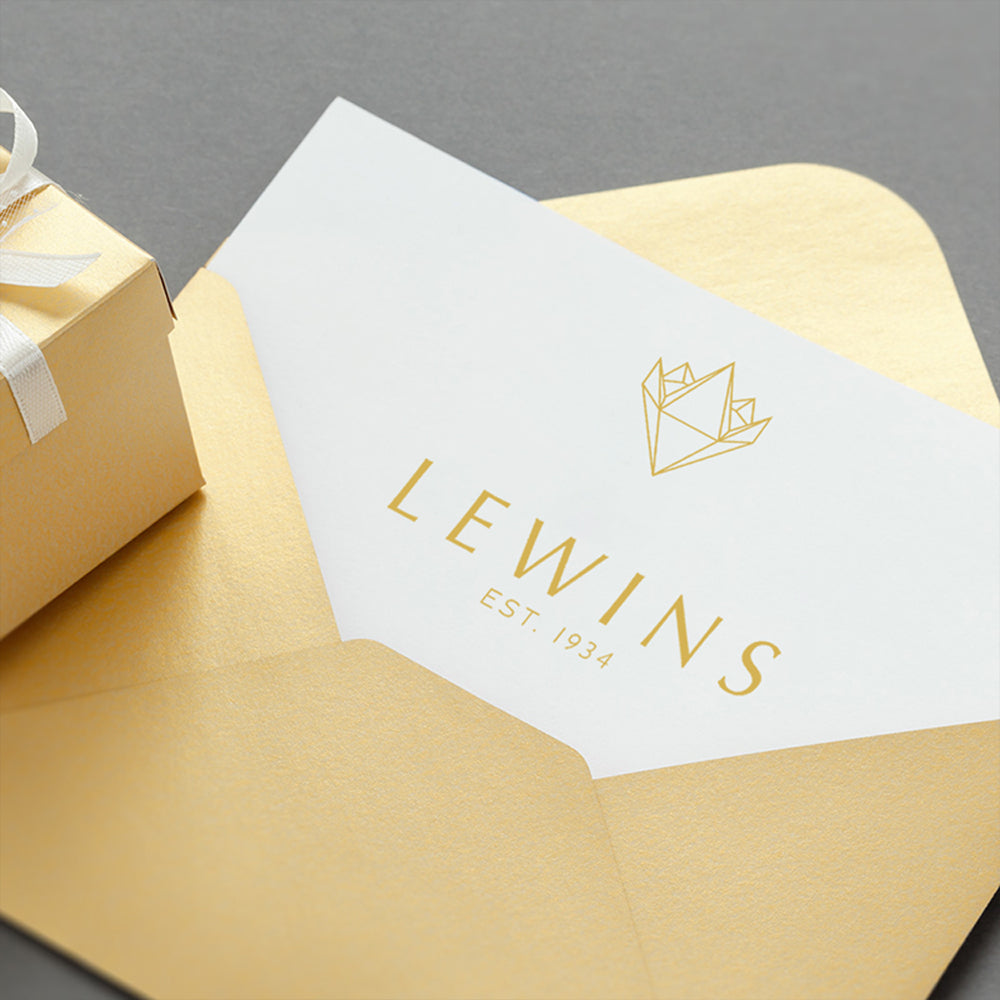These stud earrings are crafted in 9ct white gold, featuring two oval mixed cut rubies, with an exquisite total of 0.89cts. The rubies are encompassed with a double halo of seventy-two round brilliant cut diamonds, secured within a claw setting. The earrings are complimented with a butterfly fitting.
Material: 9ct White Gold
Brand: Lewins
Style: Studs
Primary Stones: Rubies, 2 Oval Mixed Cuts, apx total weight 0.89cts
Accent Stones: Diamonds, 72 Round Brilliant Cuts, apx total weight 0.27cts
Birthstone: Ruby - July, Diamond - April
Anniversary: Ruby - 15th, 40th, 80th, Diamond - 10th, 60th
Dimensions: 9mm (L) x 8mm (W) x 3mm (D), excluding post
Weight: 2.73 grams
Jewellery Odyssey:
Throughout the history of jewellery, earrings have been worn across many ancient civilisations and cultures, by both women and men. Archeologists have discovered that over 5,000 years ago, the ancient Sumerians would often import gold or silver (from modern day Iran and Turkey) along with lapis lazuli (Afghanistan) and carnelian (India), to embellish their intricate jewellery designs. During this era it was fashionable for both men and women to wear earrings.
Located on the Greek Island of Crete, the beautiful, colourful and expressive Aegean culture, thrived during the Bronze Age Greece (c. 3100 BCE - c. 1100 BCE). Minoan women used fashion, hair and jewellery such as hoop earrings, for a decorative and bold statement.
From being commonly worn by Ancient Egyptian children, to the upper classes of the Roman Empire, earrings continued to remain a favourable accessory. During the renaissance epoch, smaller earrings including baroque pearls, were famously seen being worn by both men and women. The ornate, opulent and chandelier design of Girandole earrings, during the Georgian period, were extravagantly heavy. In contrast, single stone solitaire earrings rose to prominence, towards the end of the Victorian era.
Within the last 100 years, the design of earrings have been influenced by art nouveau, art deco, retro, modern and contemporary periods. Culminating in a diverse range of earrings styles with multiple piercing options. It has never been more exciting to curate your earring style!
Gem Lore:
Ruby - derives from the Latin word ‘ruber’, which simply translate to ‘red’. Ruby, possesses a variation of subtle overtones: from rosey pinks to golden browns, that glimmer against its famed scarlet red body colour. Early cultures thought the stone resembled the colour of blood, leading to the belief that rubies symbolised life. This gemstone was worn by many ancient warriors, on their shields or armour to provide protection. Today, the richness of ruby imbues passion, love and success.
Diamond - derives from the Greek word ‘adamas’, which translates to ‘invincible’. Today, the meaning somewhat refers, to the gemstones excellent hardness (ranking 10 on Mohs' scale), hence diamonds are highly resistant to be scratched or abraded by another material, other than diamonds itself. Moreover, diamonds possess the magical phenomenon of fire, which relies on the facetted gemstones ability to disperse (split) light, into a rainbow of colours.
The ancient Egyptians thought diamonds symbolised life, and the Pharaohs were known to place the gemstone in the centre of an ankh cross. Whereas, the ancient Greeks believed diamonds to be the tears of the gods or broken splinters from fallen stars. Alternatively, in ancient Roman literature it is noted that Cupids arrows were ‘diamond tipped’, maybe one of the first references that associates the gemstone with love.
Currently, there are no standard bespoke alterations, available for this item. However, if you have a question regarding an alteration you wish to make to the item, please let us know. You can either fill out the enquiry form below, or contact us directly. We will see if we can help to make any provisions for your request, or advise you further.
Jewellery Care Precautions:
Avoid direct contact with: perfume, lotions, skincare, hairspray / other chemicals. Remove, your jewellery: when showering, swimming (as both chlorine and saltwater will react with metals), washing your hands / using hand sanitisers, before going to bed or when participating in physical activities (going to the gym, exercising, gardening, housework etc….).
Beware, metals may tarnish over time due to oxygen contact and natural body oils. Prevent items from being exposed to moisture and direct sunlight, for long periods. Store jewellery in a dry place away from humidity, in a pouch/jewellery box and keep each piece separated from each other. Care, for your jewellery by cleaning with a soft dry cloth.
White Gold:
White gold is not an element and does not occur naturally in a pure form. Pure yellow gold is mixed with alloys of white metals (such as palladium) to produce, a silver coloured alloy, known as white gold. It is further coated in a precious metal called rhodium (an element that derives from the same metal family as platinum), to increase its lustrous sheen and protect it from tarnishing and scratching.
Over time with exposure to oxygen and moisture, the rhodium coating will naturally wear and you will begin to see the natural yellow colour of gold. Rings will experience this more than other types of jewellery. The general guide for re-applying rhodium coating to your rings is between 1-2 years. However, the rate of wear depends on the pH level of your skin, exposure and contact to chemicals. For professional cleaning and rhodium coating, our workshop will provide the TLC your jewellery needs.
Ruby, Corundum:
Hardness: 9 | Toughness: Excellent | Stability: Very Good
Low Caution: A very durable gemstone, generally it is safe to use in; Jewellery Cleaners (dips, ultrasonic and steam cleaners).
Gemmological Observation: Corundums are a very durable gemstone. However, if lead-glass filled or heavily fractured, you will need to avoid: Chemicals (acid, detergents), Direct Heat, Jewellery Cleaners (ultrasonic, steam cleaners).
Diamond:
Hardness: 10 | Toughness: Good | Stability: Excellent
Low Caution: A very durable gemstone, generally it is safe to use in; Jewellery Cleaners (Dips, Ultrasonic, Steam Cleaners).
Gemmological Observation: Diamonds have excellent hardness, this means only a diamond can scratch/abrade another diamond. To avoid scratches, store your diamond set jewellery separately. Diamonds only have good toughness, as they possess perfect cleavage. This means that if knocked in the wrong direction, the diamond can cleave/fracture. Whilst wearing, you will need to avoid: Sudden Impact (sharp knocks). If the diamond is heavily fractured, you will need to avoid using: Jewellery Cleaners (ultrasonic, steam cleaners).
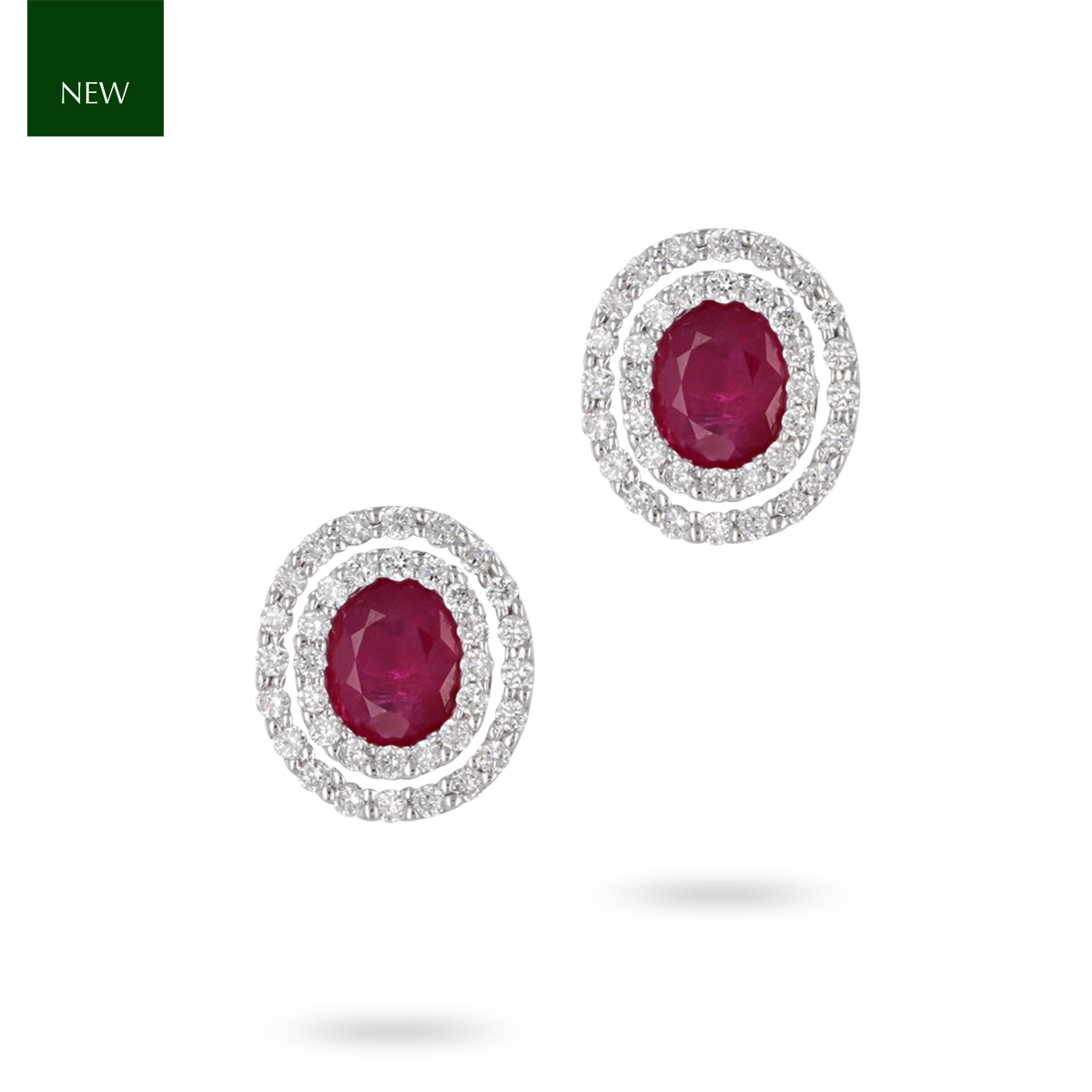
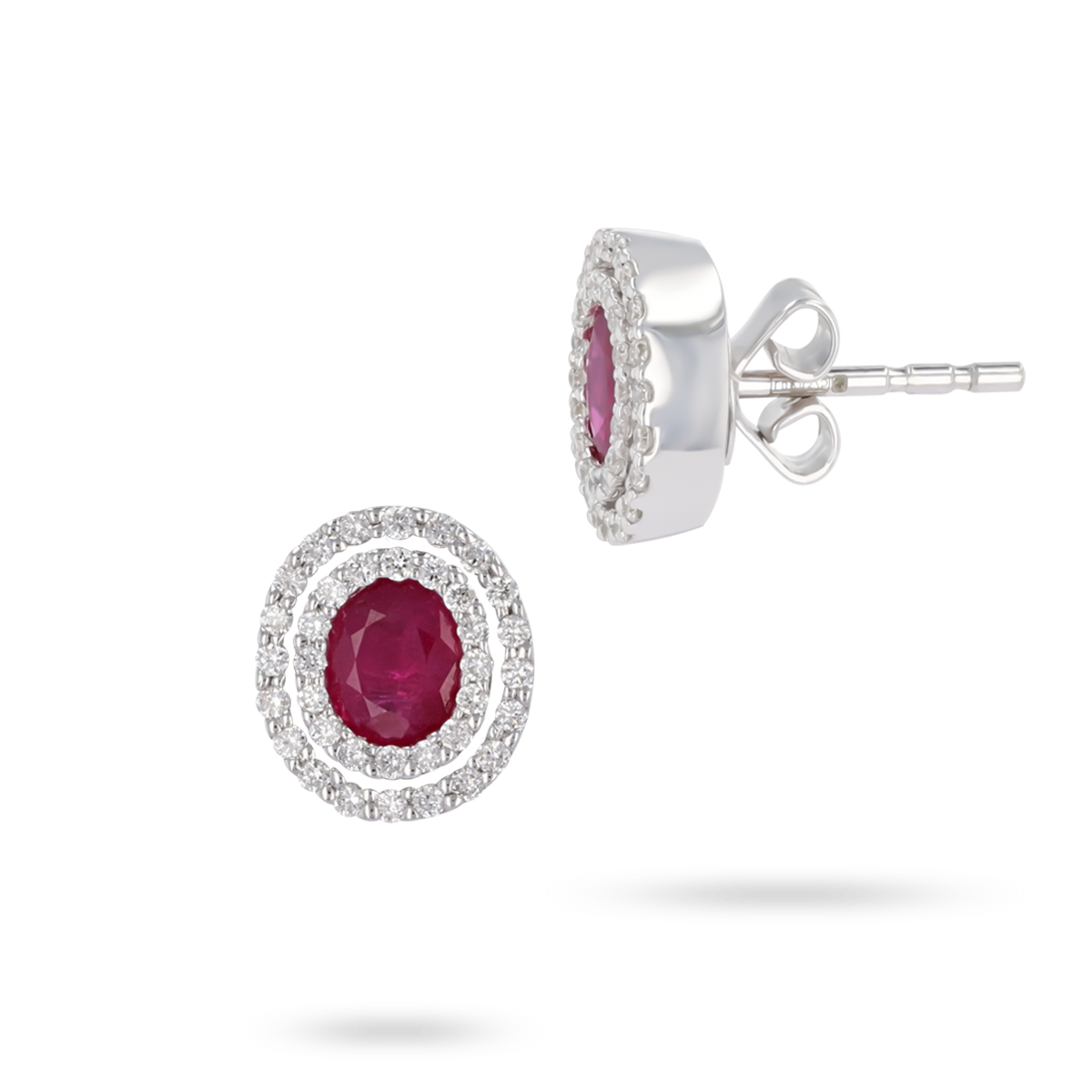



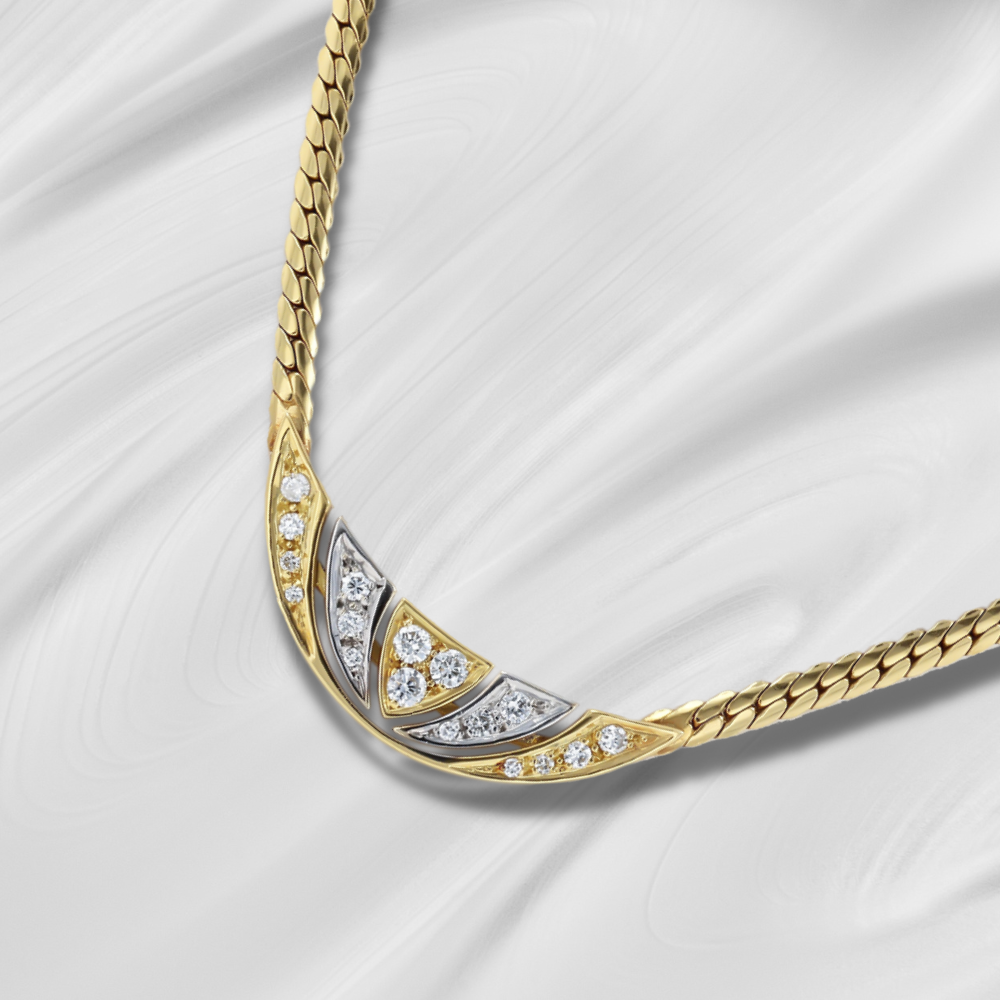

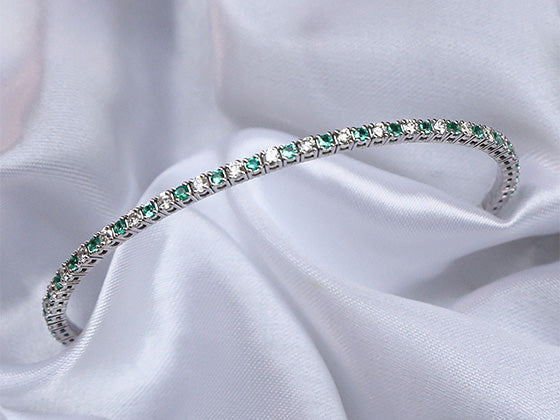

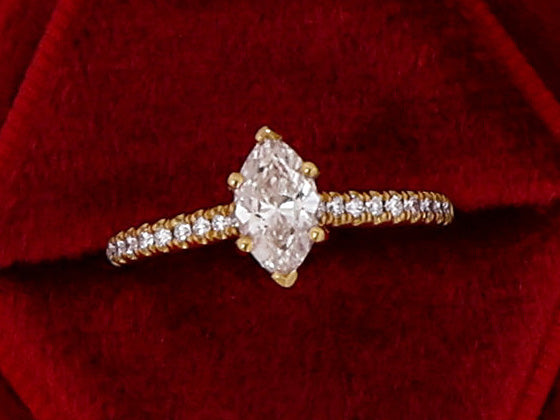
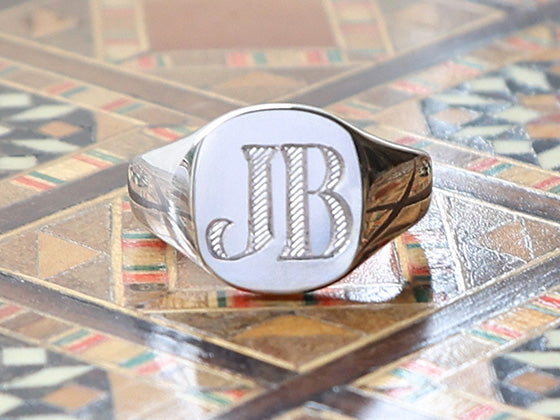
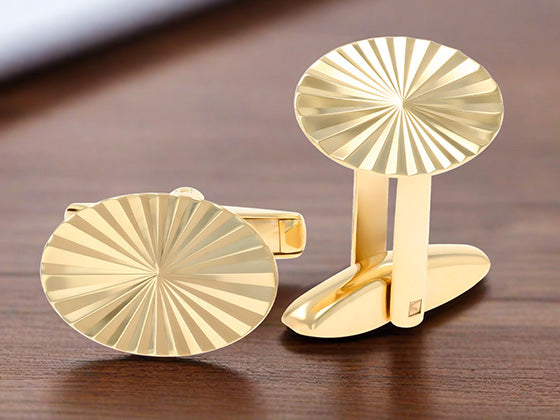
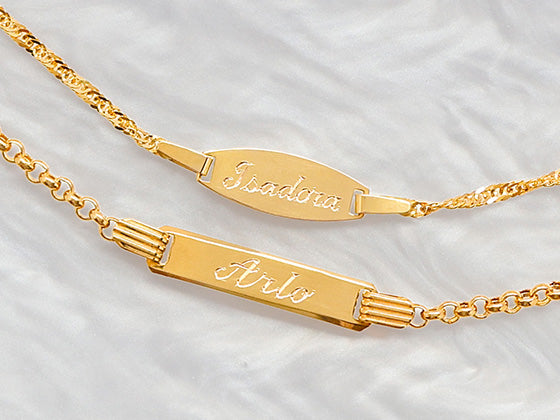
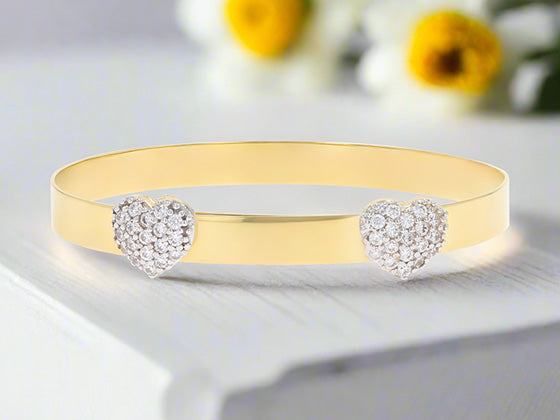
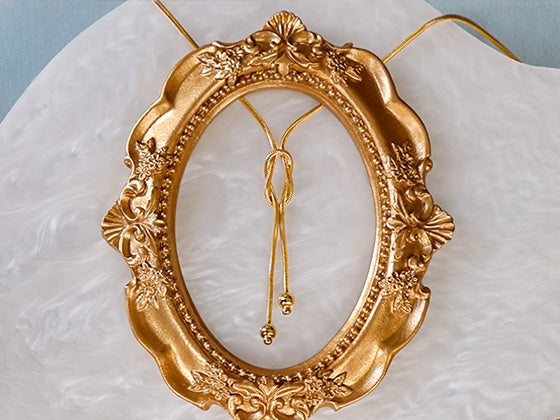
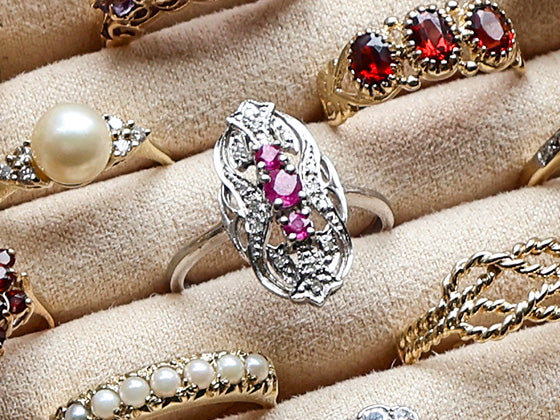
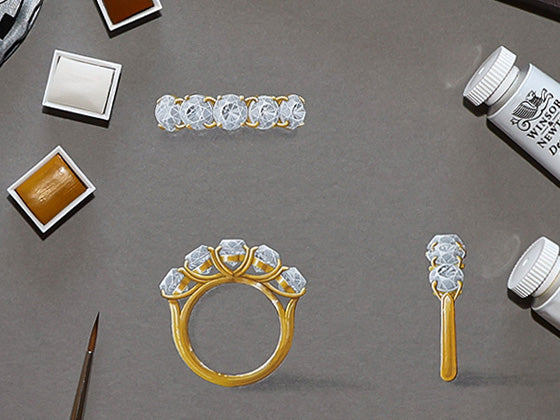
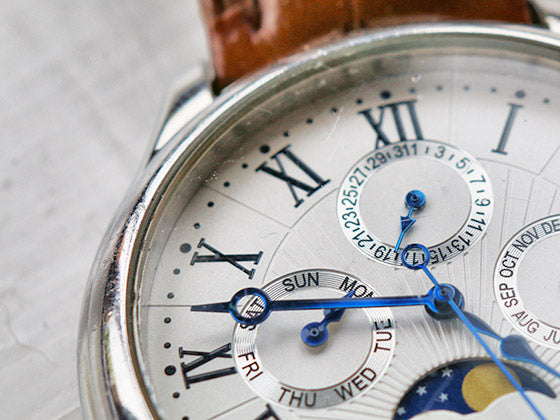
 Contact Us
Contact Us



